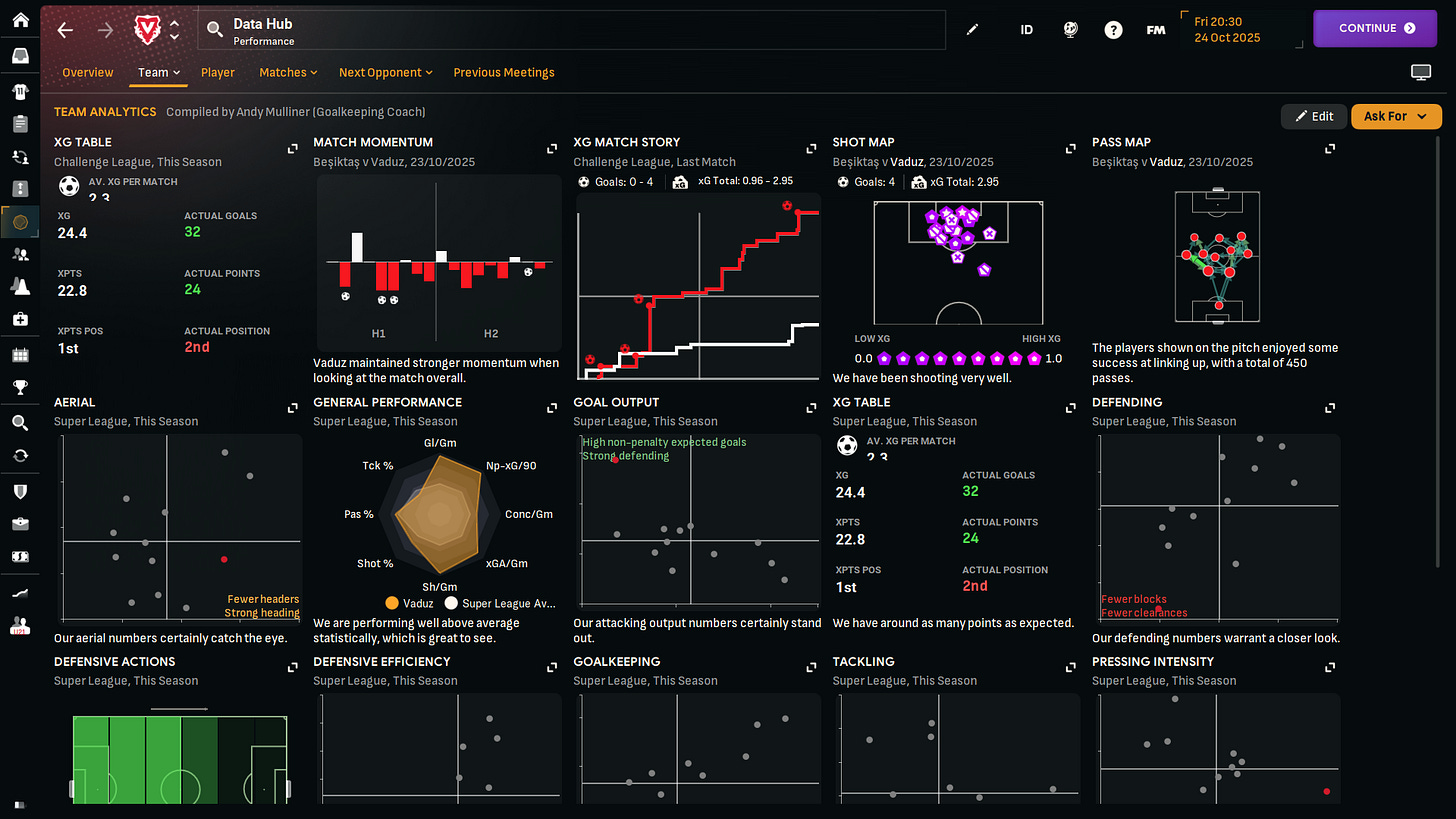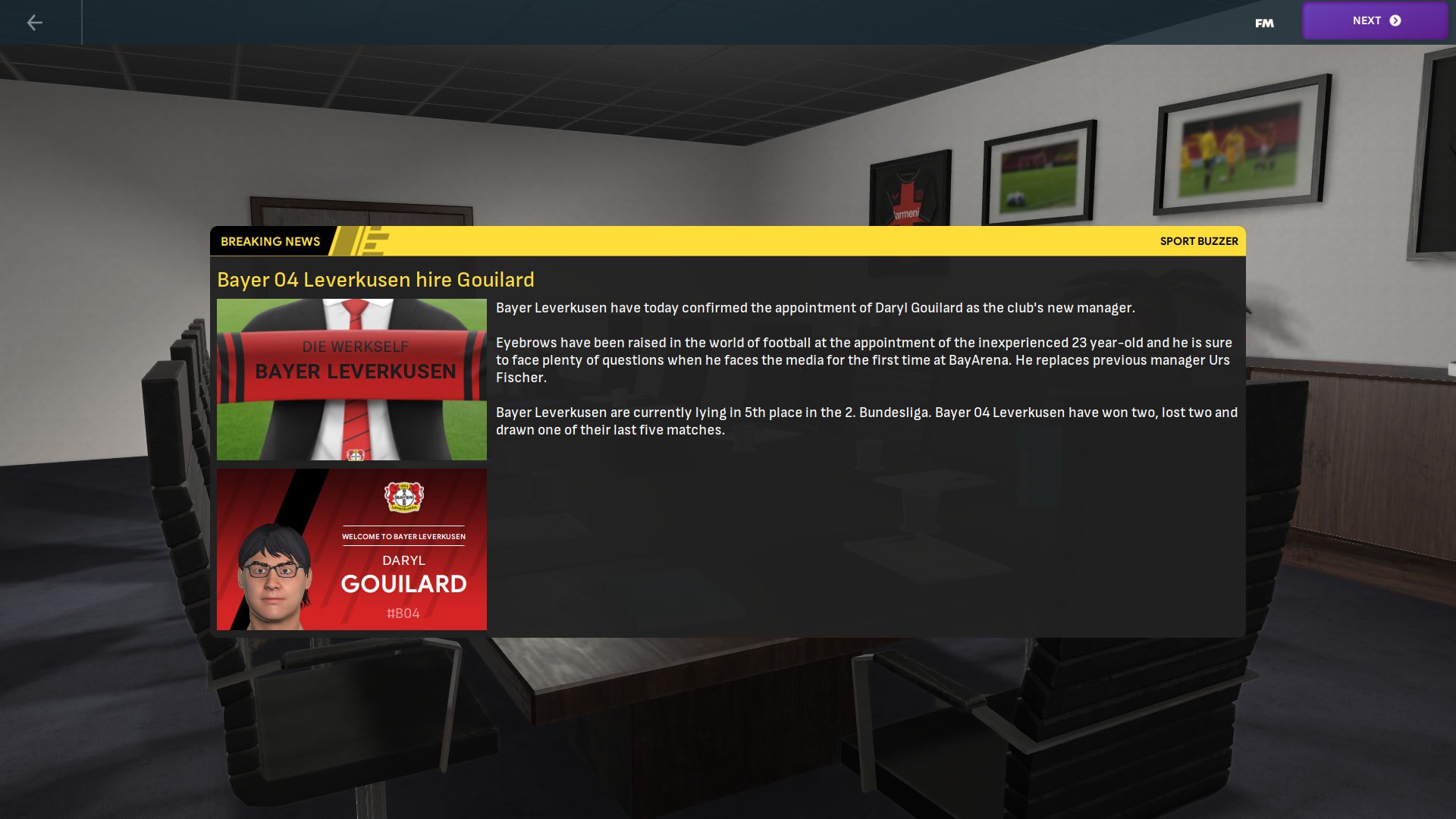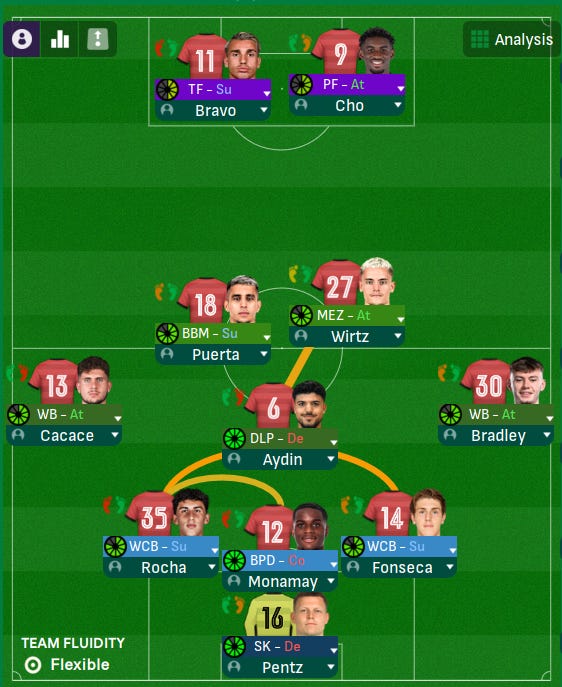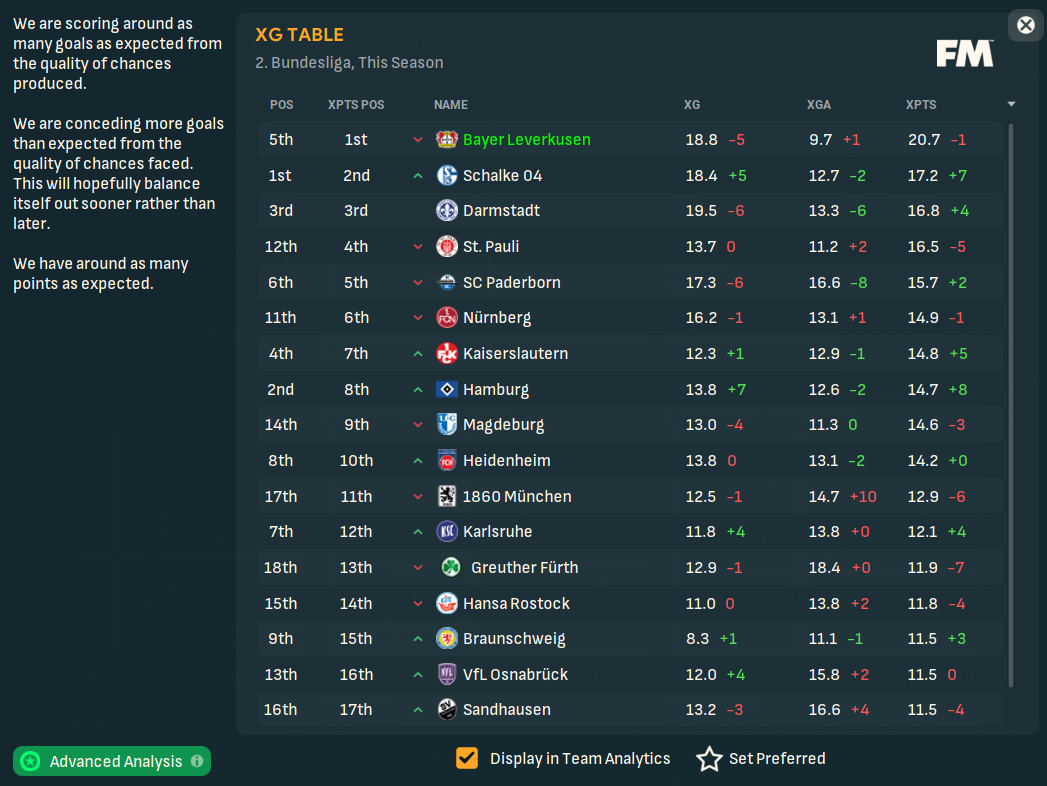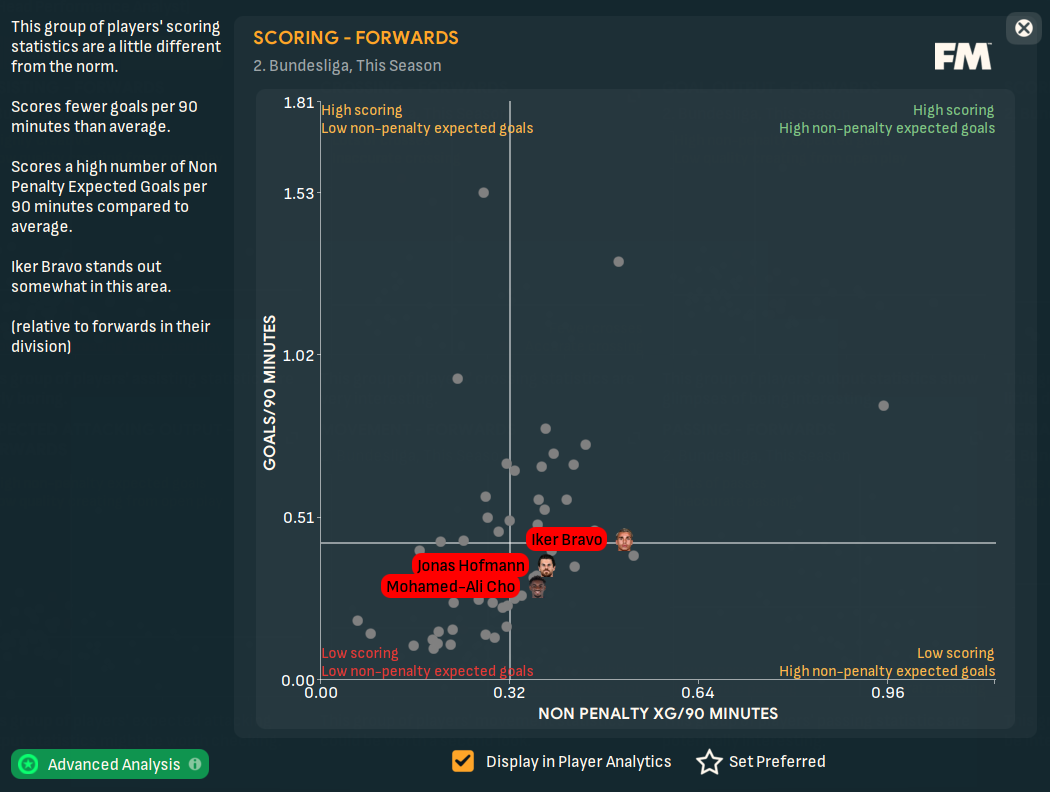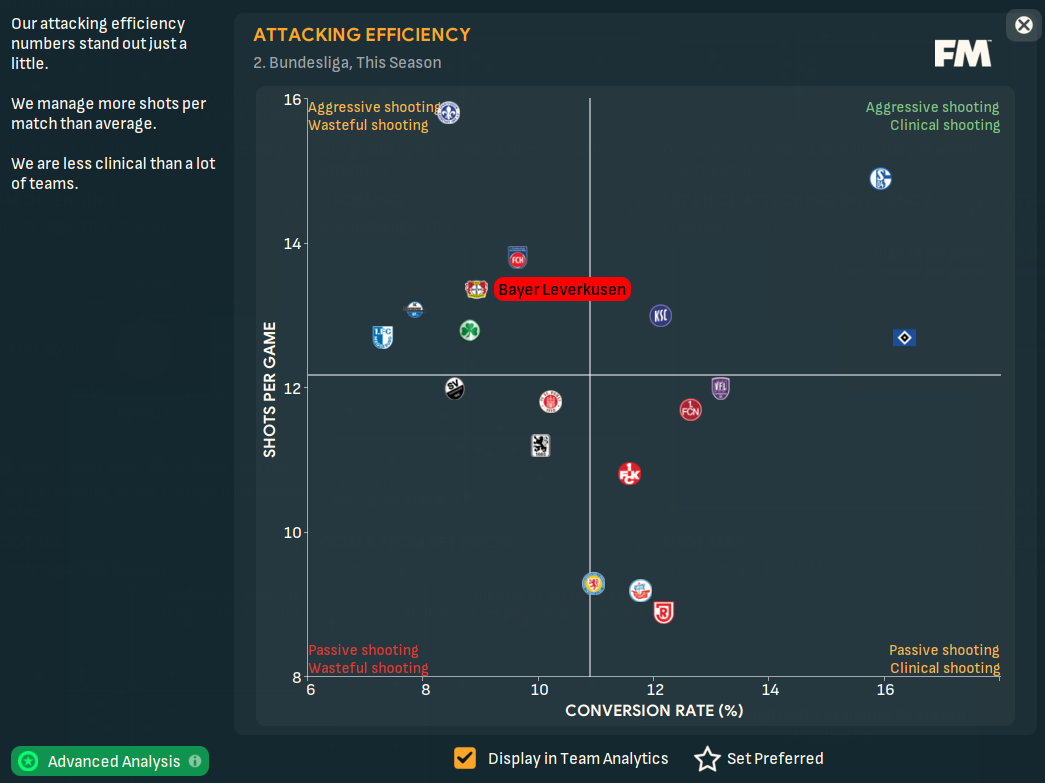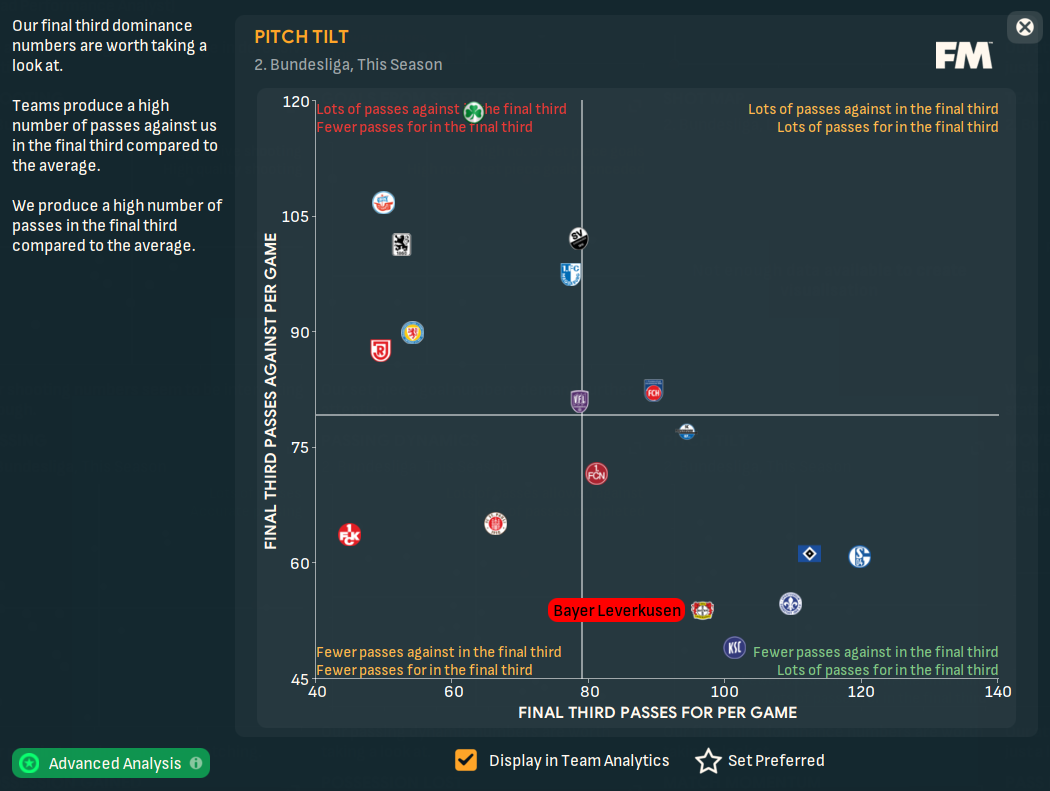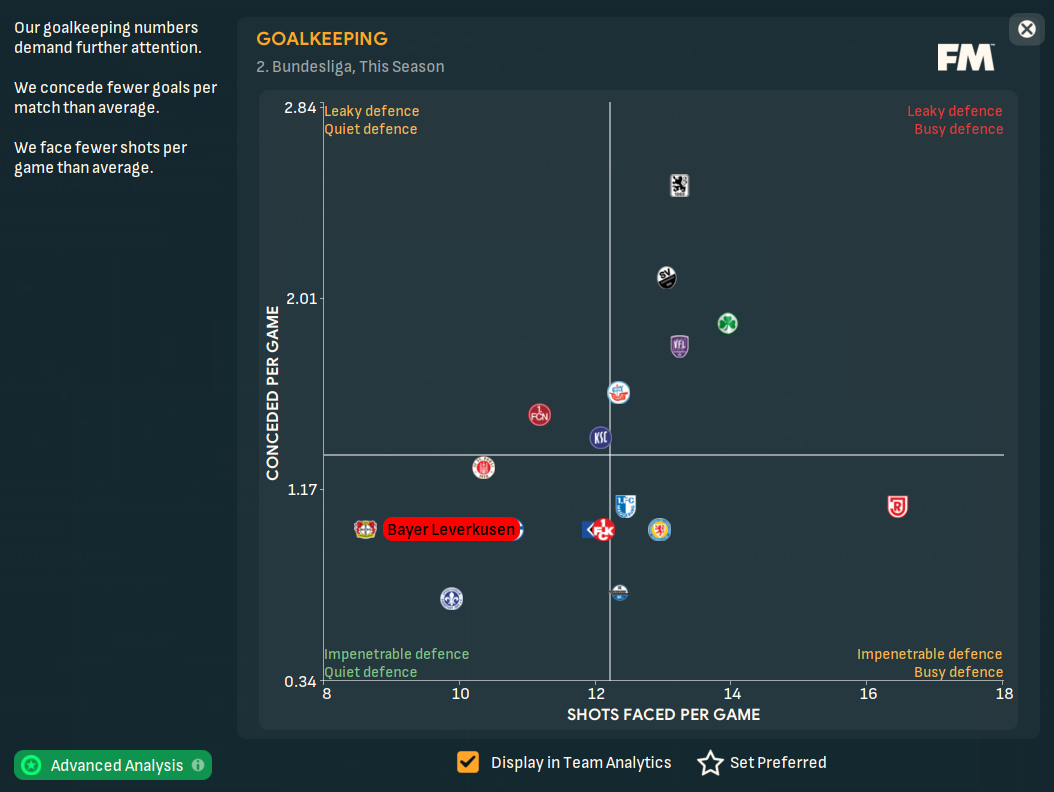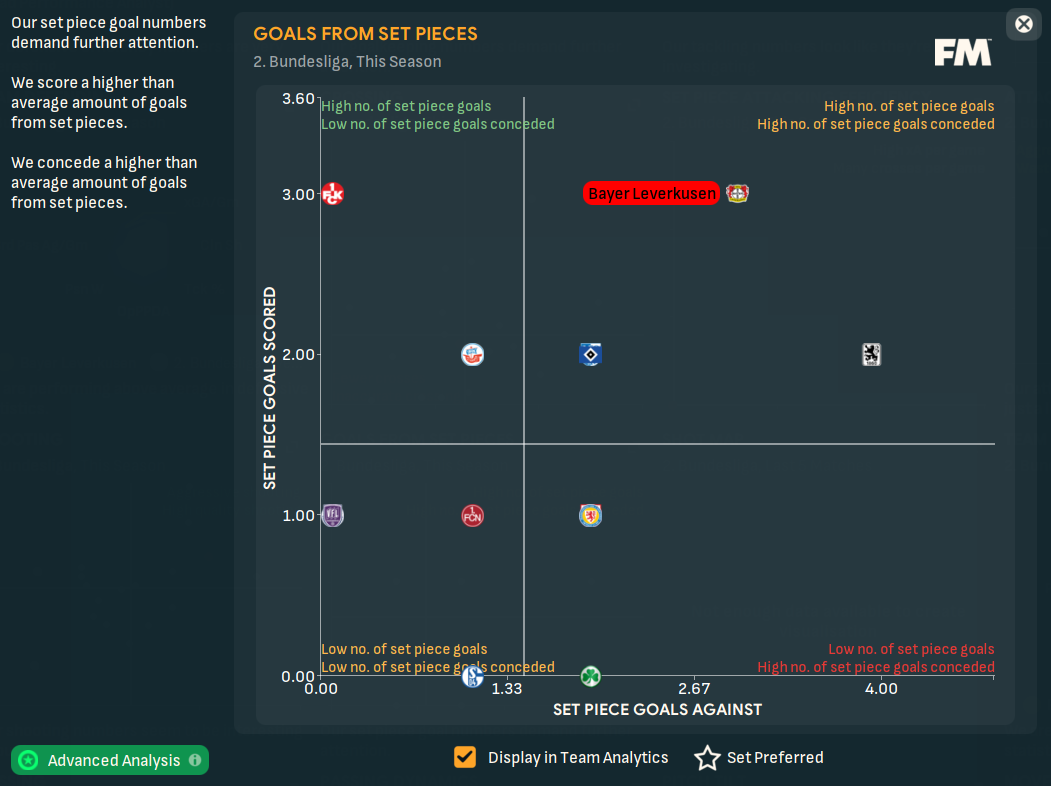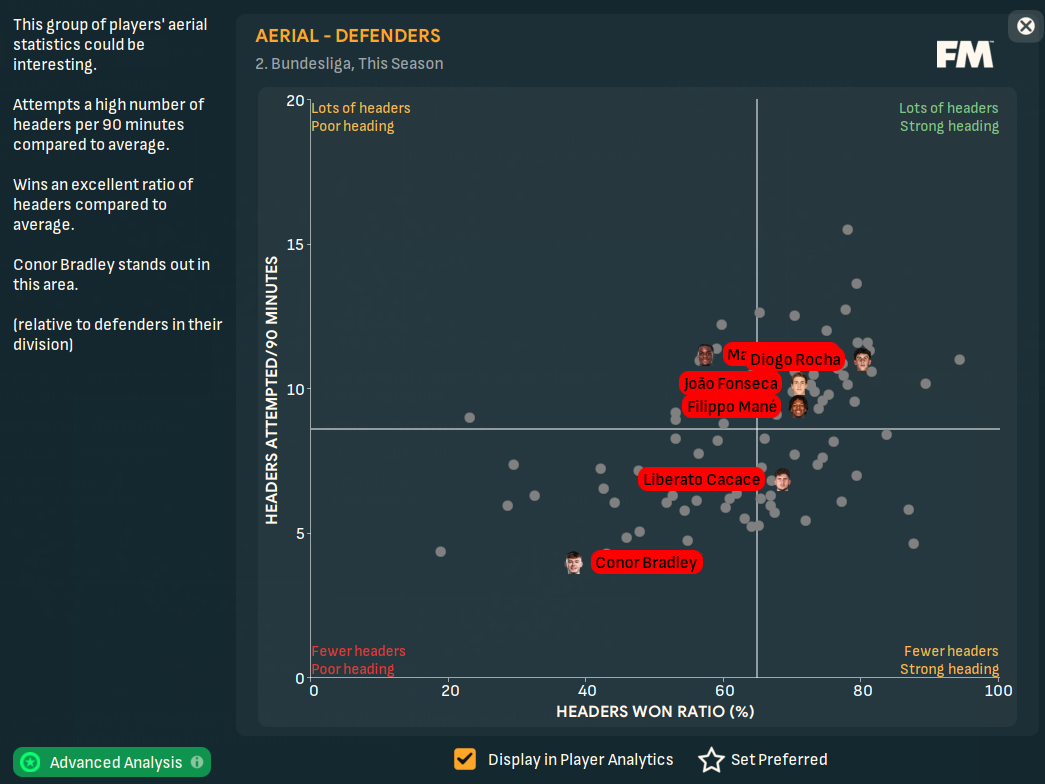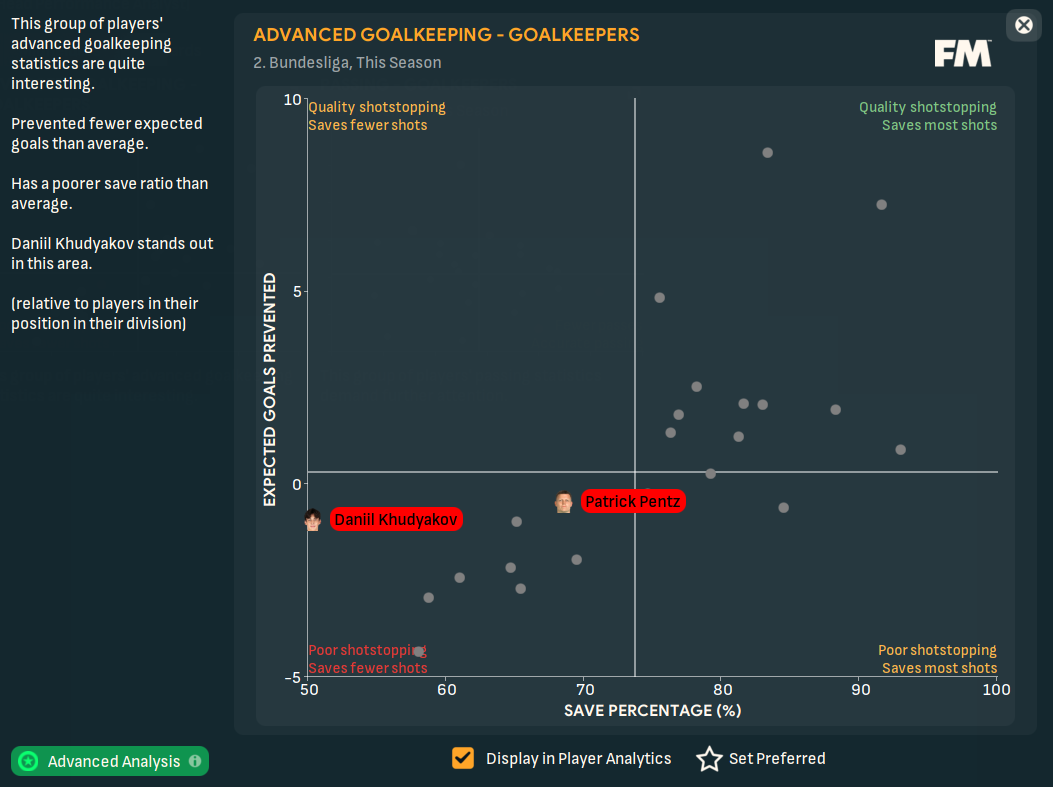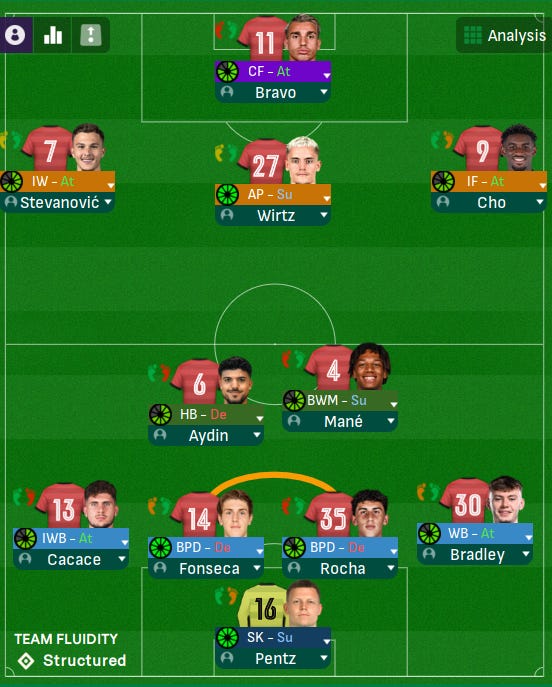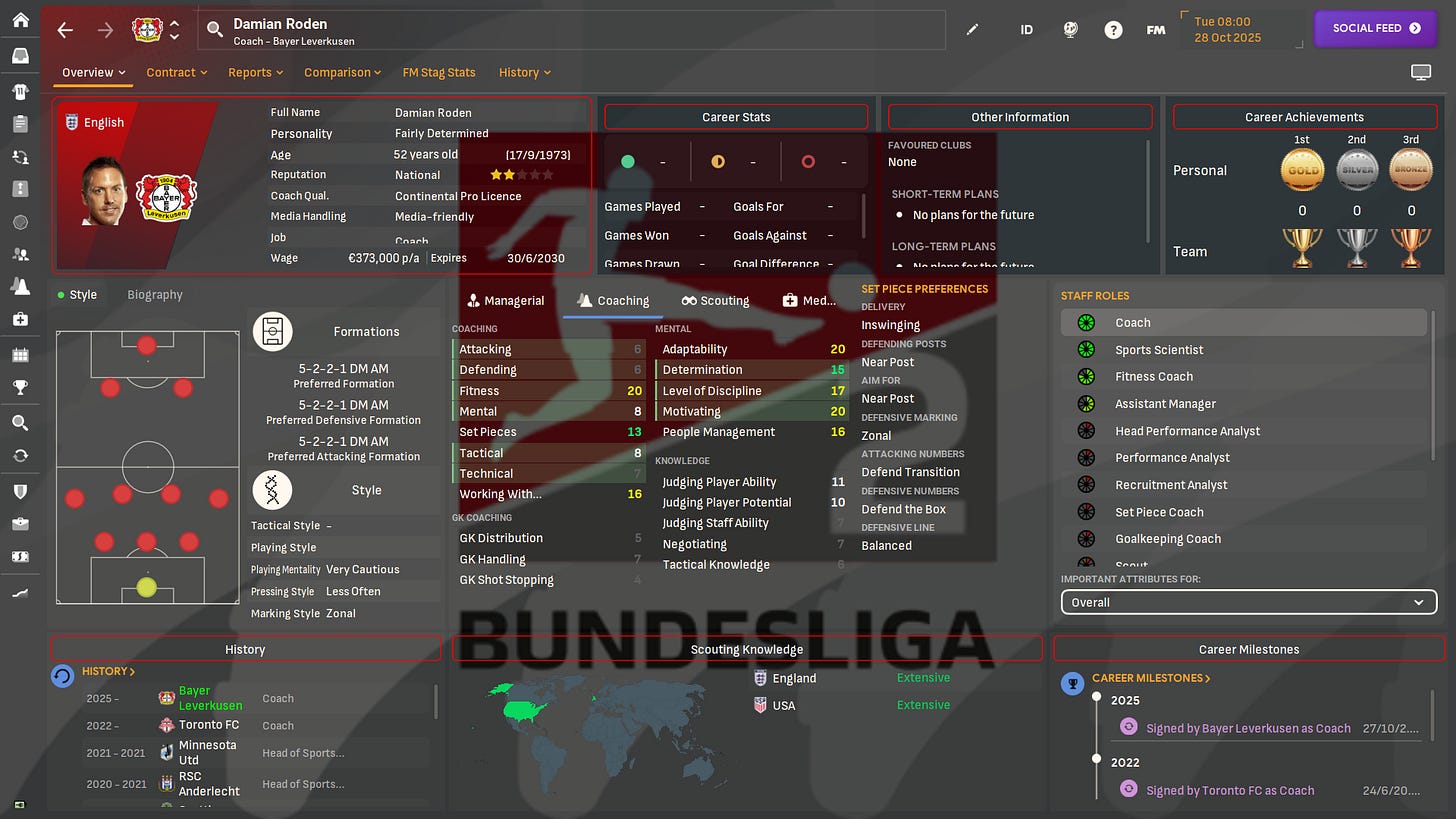Moneyball and Football Manager's Data Hub (Part 1)
It's all a numbers' game, mate!
This is actually not the first time that I have written about Football Manager’s Data Hub, I have two posts in Vietnamese that took FM23’s Data Hub to the test and saved MK Dons’ dreadful start to the season using just numbers and insights generated from numbers. The result of that test was me taking MK Dons from League One’s relegation zone to a comfortable mid-table finish halfway through the season with some changes made to the tactics and a couple of free agents signed, including Harry Arter if I remember correctly.
However, the major downside of that test was I did it on FM23’s demo version and only had until just before January to turn the fortune around. But with a full FM24 version in hand and having clocked in over 700 hours in game, along with accumulating real-world experience as a data analyst and recruitment analyst in football, I want to revisit that test and extend it to include a full rebuild, which includes using data to assess team and player performance throughout the season, and for recruitment purposes. Welcome, once again, to my very own Moneyball using Football Manager’s Data Hub.
Note: I am aware of the Mustermann skin that takes Moneyball to the next level. While as a data nerd, I like that skin a lot because it is full of numbers and it uses pizza charts to evaluate player stats, I prefer to keep things simple when I play FM, because it’s supposed to be an escape from reality and not actual work! So I will only be using FM’s Data Hub and the Sas 24 skin, which gives me a bit more access to data, but not too much that will get me overwhelmed.
The team
In my previous test, I took over a team in crisis and debated between Sheffield United in the Championship and MK Dons in League One, two teams that were bottom of their respective league after 10 matches. However, for this test, I have actually found a very good team to take over immediately. No, it is not Vaduz like the title image suggested, it is my personal save and they are very good already. It is actually a different team in the same save, which I ported from FM23 over to FM24.
It seems that Football Manager does not rate the relationship between Bayer Leverkusen and Xabi Alonso that high because in a lot of saves that I have played, the Spaniard manager is always sacked before January as he left Leverkusen either in mid-table or just outside of the European places. However, in this universe, they went from 6th in the 2022/23 season to 16th in 2024/25 and, subsequently, lost to Fortuna Düsseldorf to drop out of the Bundesliga for the first time in a while. Currently, after 11 matches of the 2025/26 season, they have not done too well in the 2. Bundesliga either as they are losing grounds to Schalke 04 and Hamburg.
This just screams the perfect Moneyball rebuild with the aim to get Leverkusen back into the Bundesliga, then back into Europe, and then push for a Bundesliga title like Alonso did in real life. Let’s not wait any longer and head to the BayArena!
The board has given me quite an easy task as I only have to record a top-half finish in the current season and then remain in the Bundesliga two seasons after that. We all know that Leverkusen deserves to be at a higher level than this, so we will try our best to overachieve and even try to do well in the DFB-Pokal to get us back into Europe as soon as possible.
The analysis
Squad & tactics
Firstly, huge credits to Florian Wirtz for sticking with the team even after relegation. We will promise him that he can leave, but only for the right price or if we do not get promoted. Secondly, the team has quality players like Mohamed-Ali Cho, Conor Bradley, or Eyüp Aydin, but I can see why the board does not expect to be promoted straight away. They have sold most of their players without replacing them and most of the squad are just young players that are still trying to fulfil their potential.
But this will provide a very good foundation for me to develop some players throughout the season and, potentially, provide some depth once we get promoted back up to the Bundesliga. Even though we have money to spend, I do not want to go crazy on transfers and we will build the club one step at a time.
Knowing Urs Fischer, who was the former Leverkusen manager before I stepped into the role, it did not surprise me to see that the team have been playing in a 5-3-2 since the start of the season. While it has helped the team concede less goals, they have also not been scoring a lot. In fact, they are tied-7th for goals scored (13 goals) and are below…*checks stats*…VfL Osnabrück. That is hardly promising, isn’t it? They are also only tied for 6th for goals conceded with 11 goals conceded after 11 games.
This formation also does not bring the best out of their best players like Cho or Wirtz. With Wirtz, he is being forced to play deeper while he should be thriving in a #10 role. Cho is also not a natural striker either even though he has the attributes to play up top, because most of his career has been spent as a winger. Fischer also did not use Jonas Hofmann and Filip Stevanović that much either since this formation does not have a place for natural wingers like them.
Attacking
At least one possible thing about Leverkusen is that, according to expected numbers, they deserve to be at the top spot while teams around them like Schalke, Hamburg, Kaiserslautern, or Darmstadt are way overperforming their actual stats. But that -5 xG difference concerns me, particularly because of the attacking talents that Leverkusen has, and they are not making the most of them.
Wirtz’s attacking output is not at the level of his actual ability because 0.22 non-penalty expected goals (npxG) per 90 and 0.18 open play expected assists (xA) per 90 are hardly promising. To put that into context, Eyüp Aydin, who is playing as the #6 in Fischer’s 5-3-2, is leading the league in open play xA per 90 with 0.45 xA. Meanwhile, two midfielders who are amongst the leaders of the npxG per 90 chart are very familiar names: Schalke’s Assan Ouédraogo with 0.6 npxG per 90 and Darmstadt’s Amine Adli (yes, Leverkusen’s former player) with 0.42 npxG per 90.
Up front, things do not look any better. A single positive thing from this scatter plot is knowing Iker Bravo is getting into the right positions to score as his non-penalty xG is 0.52 npxG per 90, but he is slightly underperforming like others with just 0.44 goals per 90. The most disappointing is, understandably, Cho with 0.3 goals per 90 from 0.32 npxG per 90. Even though he is not underperforming by that much, a player of his quality should be in better goal-scoring positions and should score more goals.
Leverkusen are among the teams who took the most shots per game, yet they also have one of the lowest conversion rates in the league. Even though some stats are pointing towards something positive (1.57 npxG per 90 and more than 0.13 xG per shot made), the players are just not converting their chances into goals. If we want to chase a promotion spot and then reach a stabilised position in the Bundesliga, our attacking numbers need to be at the top right of this scatter plot where Schalke and Hamburg are currently at.
Another positive aspect about Fischer’s Leverkusen was they were dominating teams like they supposed to. They were having and passing the ball a lot inside of the opposition’s final third while keeping their oppositions away from their own defensive third. This is something that I intend to keep because Leverkusen should be dominating teams in the 2. Bundesliga.
Defending
Urs Fischer’s team are known to be very strong in defence, and you do not have to look any further than his real-life Union Berlin side before they got into the Champions League. His Leverkusen team was not any difference either as they faced the least shots per game while also conceding less goals per game than average. That is the power of the 5-3-2 for you right there.
What catches my interest, however, is this scatter plot. Firstly, Leverkusen’s numbers are interesting because they are defending with a very high defensive line yet allowing the opposition to make a decent number of passes when playing out from the back. It is, sort of, the sign for ineffective pressing. I have tried to learn the art of pressing while managing Vaduz in the Swiss Super League and I will try to bring some of that ideas and lessons to Leverkusen.
Secondly, why are most of 2. Bundesliga teams defend with an absurdly high line of defence?! It is basically suicidal to push your backline up 60 yards from your goal and allow the opposition to make almost 9 passes per defensive actions! Just look at Greuther Fürth and you will understand why they are dead last in the league with just 4 points to their name. I will not rule out that this might be a bug because some data were not available in FM23 and they all have to be simulated when ported to FM24, so these numbers might not be that accurate.
Two ends of the spectrum here, but this also presents another problem that I want to fix. Even though Leverkusen are doing well by scoring plenty of goals from set pieces (because around 20-25% of your goals should come from set piece situations), they are also conceding the second-most goals from set pieces in the league, just behind 1860 München, who are trying to survive relegation.
Leverkusen have plenty of centre-backs who are strong in the air, so they should be better at defending set piece situations, not conceding goals like the scatter plot above is highlighting. This could be because of their positions when defending corners and set pieces, so I might need to be on the look out for a coach who can take charge of set pieces.
So, it is not the defenders’ fault, then it must be the goalkeepers’ fault for conceding a goal per game, and this scatter plot might agree with me. Both Patrick Pentz and Danill Khudyakov are not preventing too many goals and they are not making too many successful saves either. They are accompanied by goalkeepers from teams who are at the bottom half of the league table for both save percentage and expected goals prevented per 90, which does not sound very good.
Summary
While there are some positive signs and Leverkusen are underperforming, Fischer also left me with a few problems that I need to fix in order to push the team into contention for a promotion spot. Firstly, the attackers are not performing at their highest level, either because they are not being used at their best position, or they are being unlucky. The new tactic needs to put attackers like Wirtz, Cho, or Bravo into positions where they can create high-quality chances and convert them into goals.
At the back, the defence are doing fine but the goalkeepers are not. They are not saving shots while the team are conceding more goals from set pieces. So I will need to address the set piece problem by creating a new routine from scratch, then be a bit more conservative with the press to stop putting Pentz and Khudyakov into positions where they cannot save shots.
Fixing the team
Tactics
The major problem that needs to be fixed straight away is the tactic, which is not positive enough to put the best attacking players into their best position. With that in mind, I think the 4-2-3-1 gives me the best chance of getting the best out of the players that I have. Most of the players will be playing in their best role and maximise what they can do on the ball.
In possession, everything starts with Aydin and the centre-backs as the Turkish-German midfielder will be the main outlet to bring the ball out of defence. I have also pushed Filippo Mané up into a ball-winning midfielder role to provide more support for the defence and he can help winning the ball when the opposition try to play through the middle.
Once the ball is progressed forward, most of our attacks will go through Wirtz as he acts as the dictator in the middle of the pitch. The wingers will be joined by the full-backs who will make either overlapping or underlapping runs from deep. It is interesting to see Liberato Cacace prefers to cut inside from his preferred left side, but it will create an interesting dynamic with Stevanović up top because the Serbian will stay wider as he can basically use both feet. The right-hand side will be the usual with Bradley pushing to the byline for crosses while Cho cutting inside to make the most of his goal-scoring ability and his left foot.
While this will be the main formation for the rest of the season, I have also included the 3-4-2-1 formation that Alonso is using for Leverkusen in real-life. Given that this team has a lot of good centre-backs and decent talents in the central of the pitch, going back to basics will, hopefully, make the most of these players. The formation is also a more defensive-focused formation that will be used when we go up against stronger teams in the Pokal or teams with weird formations.
I might have also found a coach that can take responsibilities for set pieces. While porting over from FM23 means there are no actual set piece coaches, there are still coaches who are good at dealing with set pieces. With Vaduz, I currently have Brentford’s Sam Saunders taking charge and he has brought me a few goals from corners and free kicks. Now with Leverkusen, Damian Roden will be that person even though he is more proficient on the fitness side of things, having worked as a fitness coach and head of sports science before.
And with that, I will wrap up part 1 of my mini-ish Moneyball series. As mentioned, this is not the first time that I write something about Football Manager’s Data Hub, but I am interested to take this to the next level since I now own the full version of the game and it is the latest version…until FM25 comes out, whenever SI decides to release it. See you in part 2, where I will go through the results of the first few months, review some matches, and start preparing for the recruitment drive of the January window. Until then!


